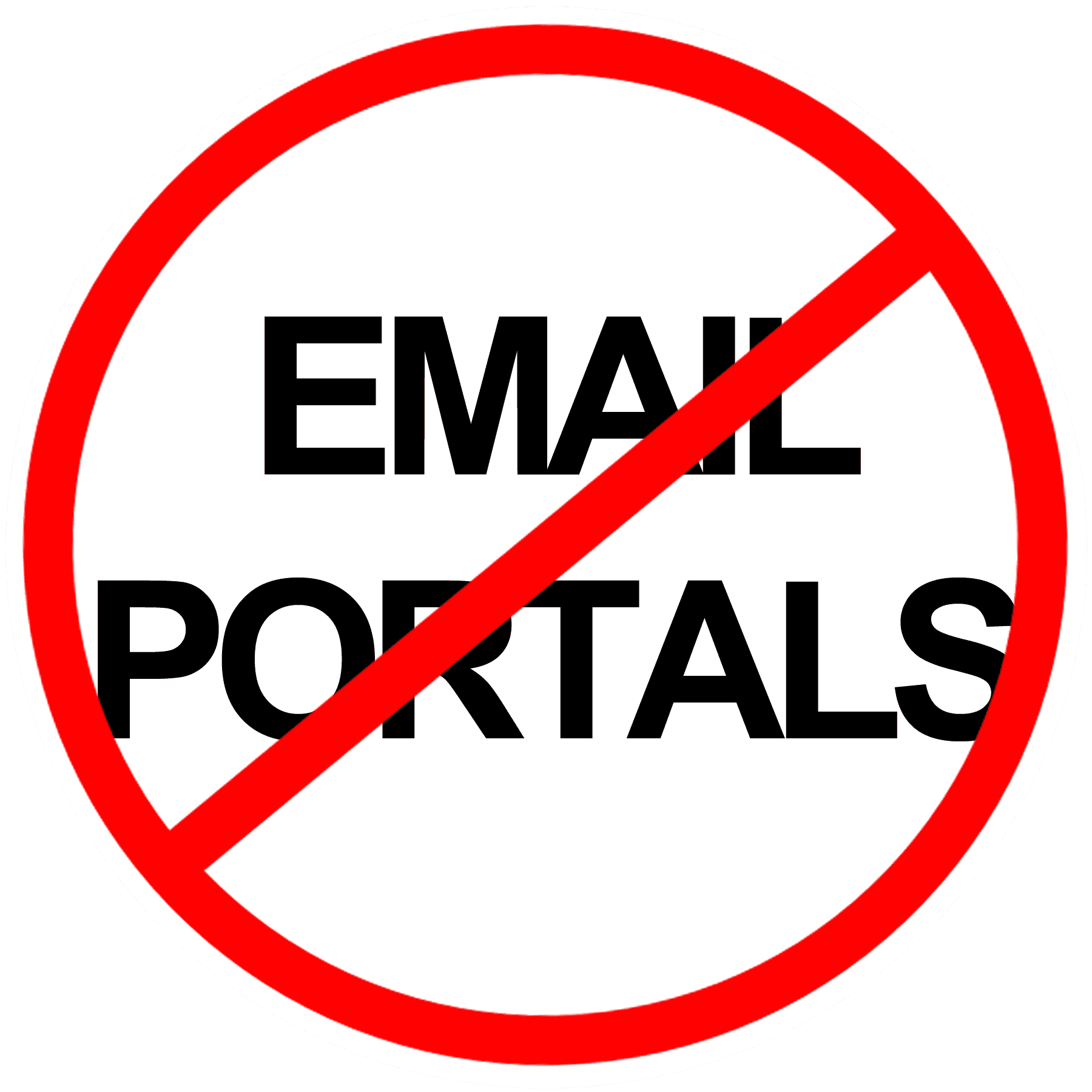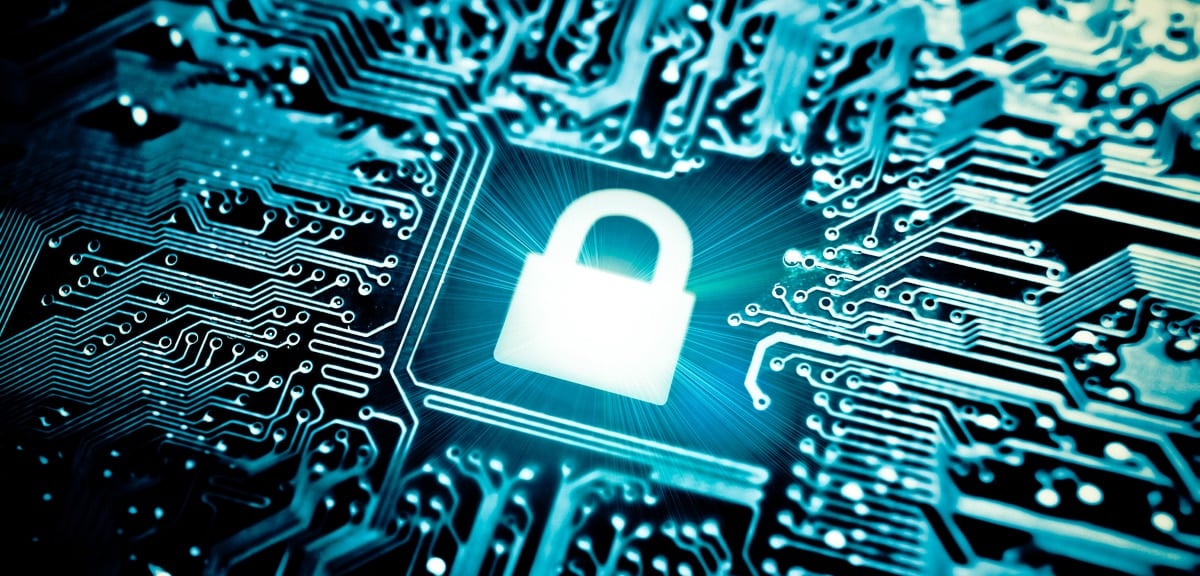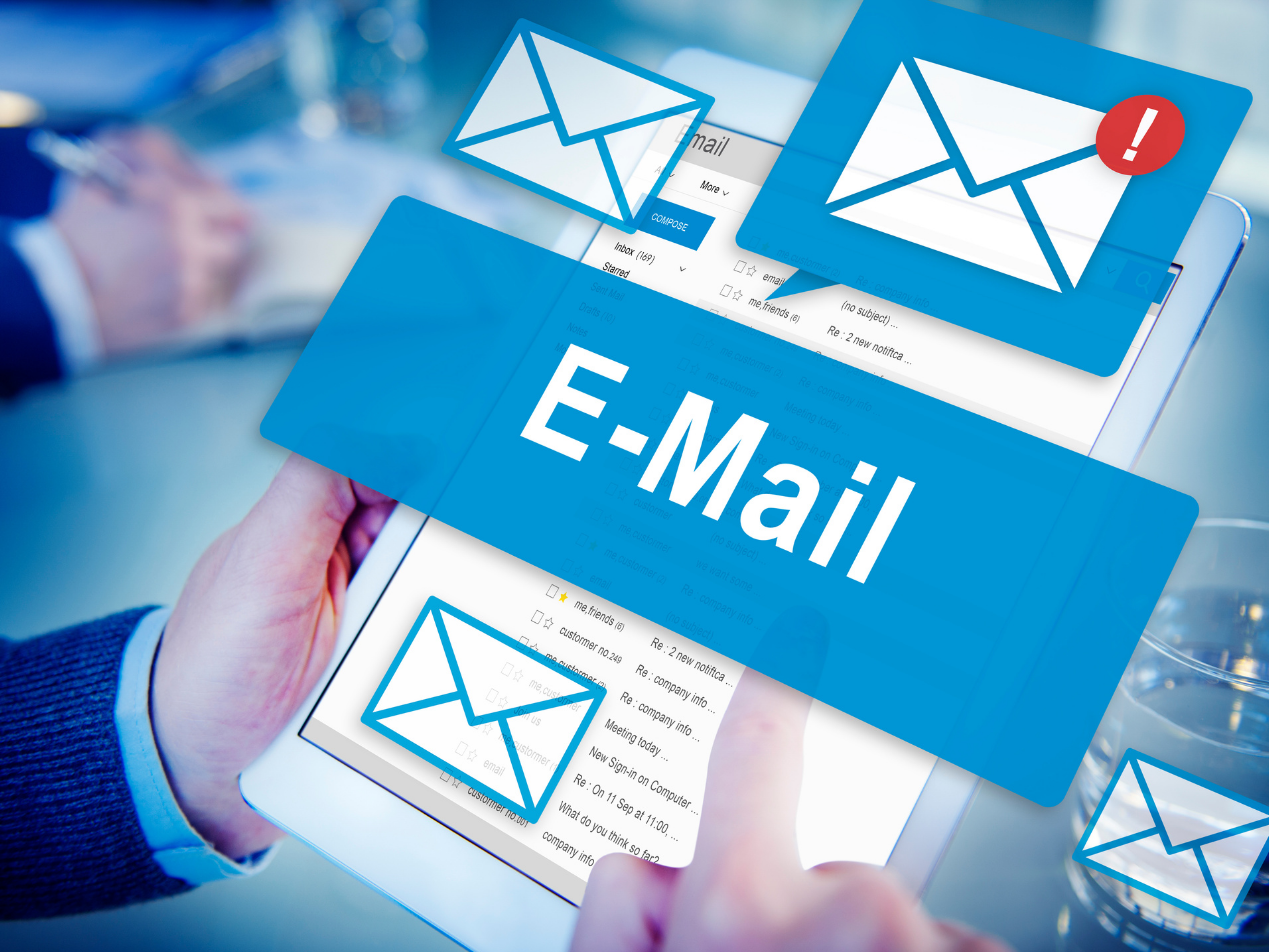
Email portals may seem like an easy solution to an email security issue. They give every appearance of privacy and encryption, and help you feel like you are doing the right thing to protect your email by making it difficult to access. But if you dig deeper, you may find that email portals are not as secure as you think. Not to mention, by making emails difficult to access, portals can be cumbersome and can hurt your business. You can save time and effort for your staff and your email recipients by avoiding a standalone portal system when securing your email.
Is Email Secure?
We went more in-depth on how to secure email, but the bottom line is email is not secure because it prioritizes delivery over security. But it is still the preferred method of communication for most businesses and organizations. This makes securing email a priority for industries that need to protect their communications, like healthcare. This makes relying on popular email providers, like Gmail and Microsoft Outlook, to secure email difficult. Without special configuration, these providers still allow email to be delivered in plain-text, which is out in the open and unsecure. One way you can make emailing sensitive information secure is with strong encryption. This is often what email portals promise, which leads to the next question.
Why Email Portals Don’t Work
Logging into a separate portal may make you feel like you are taking an important step toward security. But are email portals really secure? Portal systems work by keeping communication - including email communication - within the boundaries of the portal itself. You have to log in to access the outgoing mail service, and the receiver has to log in to access incoming mail. However, just because communication is within a portal, doesn’t mean it’s any more secure than other encryption methods. Logins can be compromised and email content can still be screen captured and forwarded. Also, when an email is sent to a non-server address, it’s likely that the message is sent unencrypted and in plain text. What having an email portal does add is more administrative costs in managing lost credentials, updating software, and ongoing training of new hire staff and patients. It also adds unnecessary steps for recipients to view an email, which can lead to frustration and ultimately a loss in business. For example, a 2014 study showed that 93% of adult patients will actively seek physicians who communicate via email. The physicians who can make their email HIPAA compliant, while making it accessible to patients will have a competitive edge.
Alternatives to Email Portal Systems
The good news is there is a better way to secure email and meet regulations like HIPAA without a portal. Paubox puts the user experience first for both senders and recipients, providing military grade encryption without the hassle of extra steps. While most email encryption providers make sending an encrypted email optional, because they know it’s cumbersome for recipients, Paubox encrypts all sent email by default. This eliminates human error of sending sensitive information unencrypted. Easy to use email encryption also benefits the bottom line for any organization because of the low cost in implementation, training and maintenance. Staff does not need new training, because Paubox makes the experience of sending encrypted email the same as sending normal email. Deployment of Paubox can be done in a day, rather than weeks. Organizations can either host their email with Paubox, or seamlessly integrate Paubox and keep their email address. In addition, Paubox encrypts all replies and includes free SPAM, phishing, and malware protection. All at an affordable price.
Start our no-risk 14-day trial today
Subscribe to Paubox Weekly
Every Friday we'll bring you the most important news from Paubox. Our aim is to make you smarter, faster.




